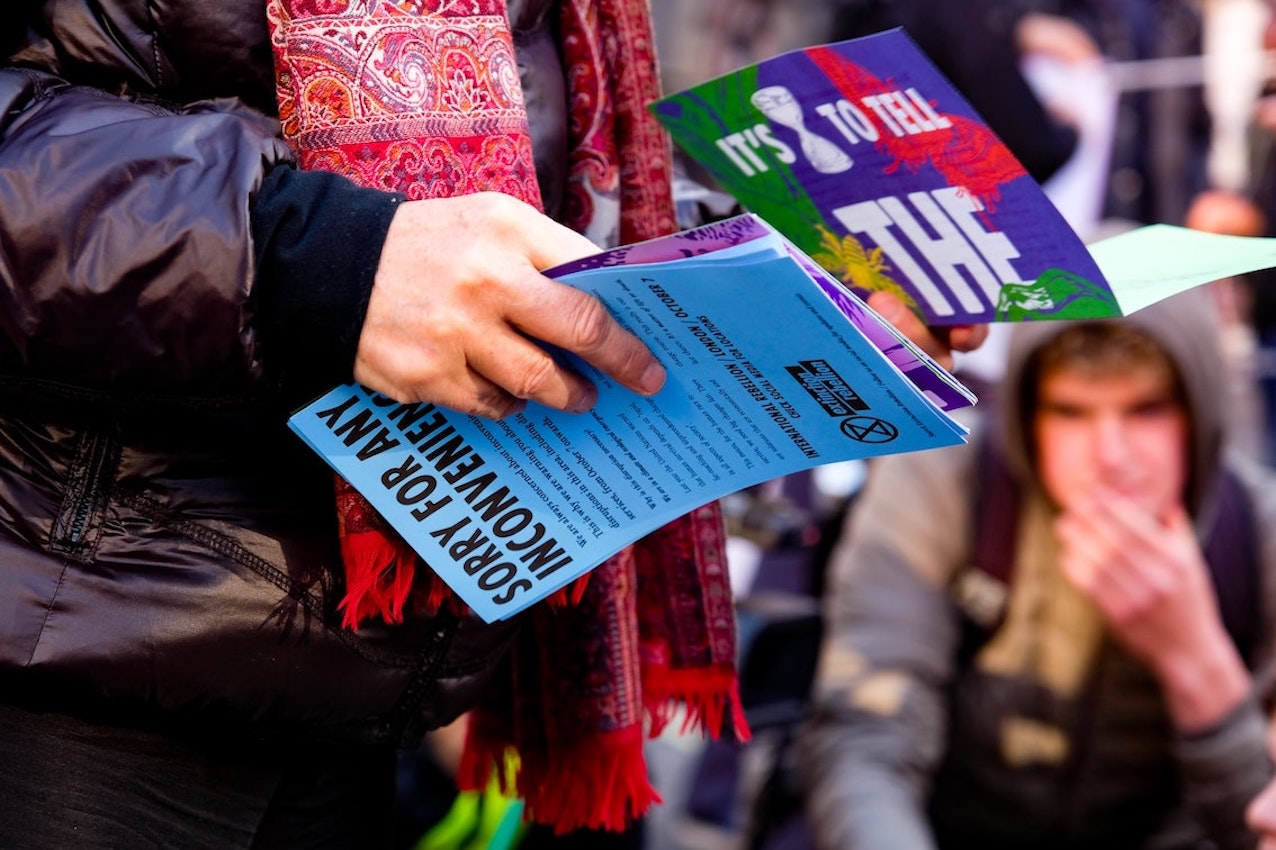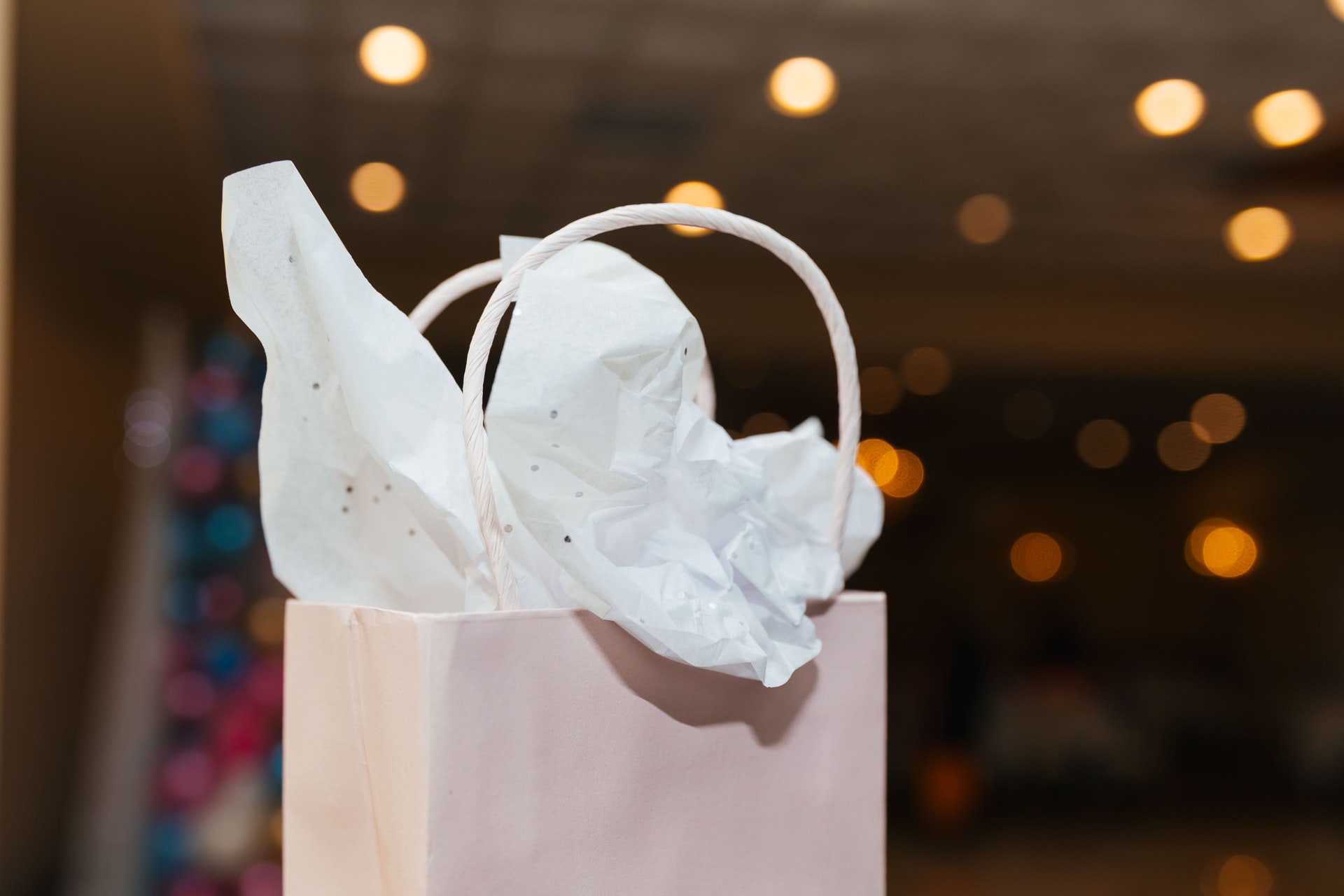Did you know that over 70% consumers are more likely to buy the product after trying it? Product sampling is undoubtedly one of the most profitable mechanisms in marketing. Here's what you need to know about it.
What is product sampling?
Today, classic advertising is not enough. Modern marketers have to use a variety of ways to reach their potential customers. One of them is product sampling. Sampling is the distribution of free samples of a product to consumers. It is a mechanism that allows you to test specific goods before possible purchase.
Sampling is defined as one of the TTL (through the line) marketing tools. TTL connects ATL marketing (above the line), i.e. broad activities addressed to mass customers, and BTL (below the line) marketing, which is based on targeting, directing the message to a specific customer. Sampling also belongs to the so-called field marketing, i.e. direct presentation of products or brands to the customer at a given point of sale. The mechanism uses an inverted "BUY and GET" model.
Free distribution of samples is an opportunity to directly reach potential customers, establish closer relationships with them and build brand awareness in marketing environment.
Product sampling and tasting
Product sampling is often confused with the concept tasting. However, the difference is clear. Sampling is a campaign of free testing of various products - from groceries, through cosmetics, to cars (test drive). However, tasting is only about food. This is an action in a public place such as a supermarket. Free products are distributed by hostesses in the form of small portions / snacks. The tasting campaign usually takes place when there is the greatest probability of purchasing the products on offer.
Sampling - when is it useful?
Sampling actions have different forms. One of the most popular is the presentation of samples by appropriately trained staff (usually hostesses) at points of sale or other places where a promotional campaign is conducted.
Sampling is also adding samples to newspapers, magazines or other products - e.g. a sachet of new washing powder attached to the fabric softener. The goods with which the sample is sold should be recognizable and respected in the market.
Samples can also be distributed at press salons or other retail outlets. It is worth attaching information materials (e.g. leaflets) to the samplings, which will allow consumers to get to know the product better and encourage them to buy.

When is sampling worth using? Most of all it is an excellent solution at the moment product launch. Giving out samples is a technique for gaining customer trust and building a natural buzz around the commodity launched on the market. Sampling also works well:
- when new models or variants of a specific product are available,
- in time brand rebranding,
- as an element of a marketing campaign aimed at consolidating and strengthening a specific brand image.
Why is it worth it?
Nobody likes buying a pig in a poke. Customers often give up purchasing specific goods if they were unable to check them beforehand. This is especially true of expensive articles. Sampling solves this problem. The potential customer can test the product, which makes it completely risk-free for him. If he doesn't like it, he just won't buy it. He will not give a negative opinion to the brand, because he received this item for free. So in the end - nothing was lost.
Sampling is a great variety to your marketing activities. Such actions perfectly support sales, build hype around the company, and increase it brand recognition and create good relations between the brand and the potential customer.
Among other advantages of product sampling, we can mention:
- the ability to drive promotional campaign in many places at once,
- a chance to reach a precisely defined target group,
- the ability to monitor the course of the action and measure its effects,
- obtaining feedback about the product - the information can be used to improve the product or offer, or to introduce changes to the marketing campaign.
How to plan sampling activities?
Product sampling is not the easiest marketing procedure. It requires time, commitment and considerable financial outlays - mainly for the preparation of samples that will reach consumers. When planning the campaign, you should also take into account transport, storage and distribution fees (e.g. remuneration for hired hostesses).
The sampling campaign should be based on a solid, carefully planned strategy. The strategy should include:
- the main goal of the action,
- characteristics of target groups,
- distribution channels,
- type of sampling (precise, i.e. attached to the purchase of a specific product, or mass sampling, the idea of which is to distribute samples to all people who visit a given location),
- quality of samples,
- promotion plan,
- ways of monitoring the activities carried out,
- budget for the entire campaign.

The choice of employees who will work on the sampling action is also crucial. Hired hostesses should be distinguished by high personal culture, excellent communication skills, openness and experience in similar projects.
Is sampling profitable? Without a doubt! Product sampling is an excellent support for wide-ranging marketing activities. It is a great form of promoting a brand or its specific products and an excellent element of building a positive image among specific target groups.

